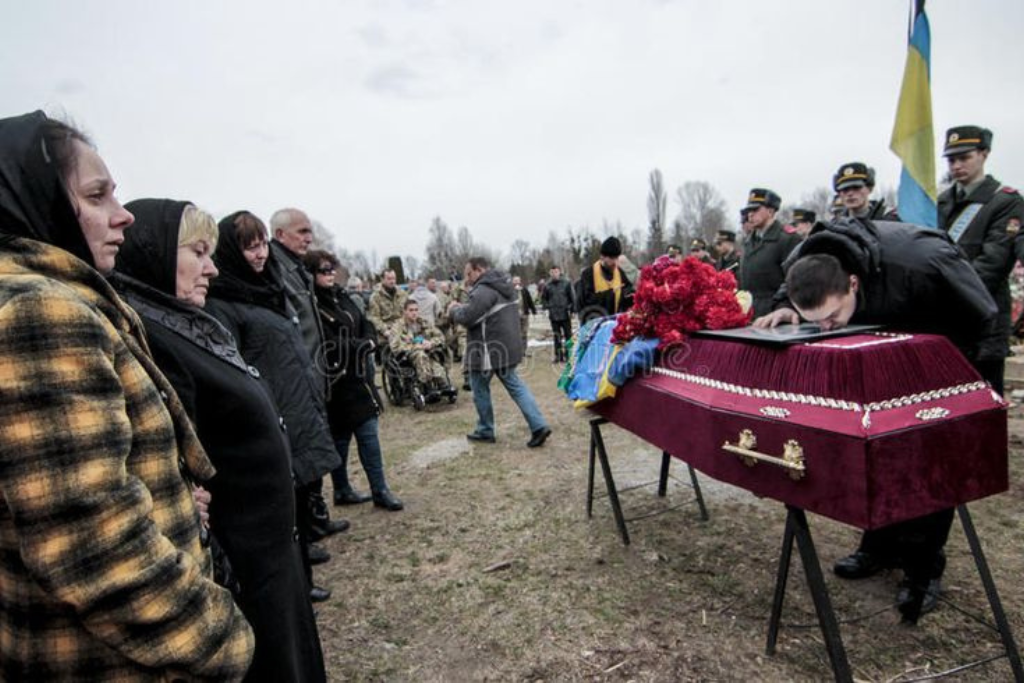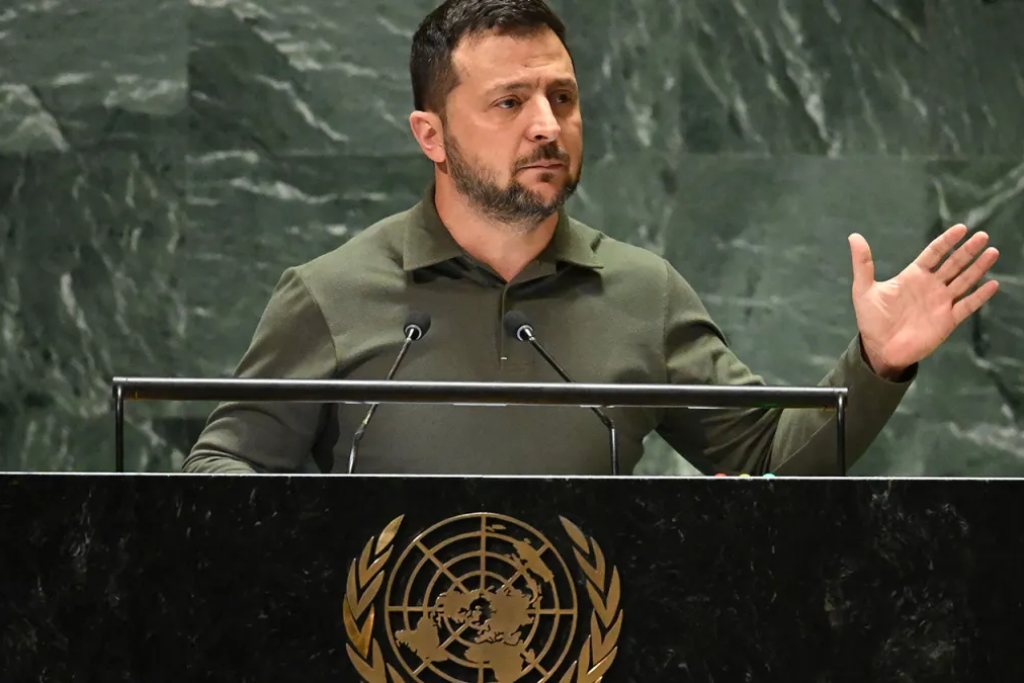Ukrainian President Volodymyr Zelensky has officially acknowledged for the first time that Ukrainian forces are actively conducting military operations inside Russian territory—specifically within the Belgorod and Kursk regions. This declaration marks a pivotal escalation in Ukraine’s wartime strategy, highlighting a bold shift from a purely defensive stance to a more assertive, cross-border approach. The move sends a powerful and unmistakable message to both Russia and the international community: Ukraine is now prepared to carry the fight beyond its own borders, directly targeting strategic areas within Russia in a bid to weaken enemy capabilities and shift the dynamics of the ongoing conflict.
War Must Return to Where It Came From” – Zelensky’s Strong Statement
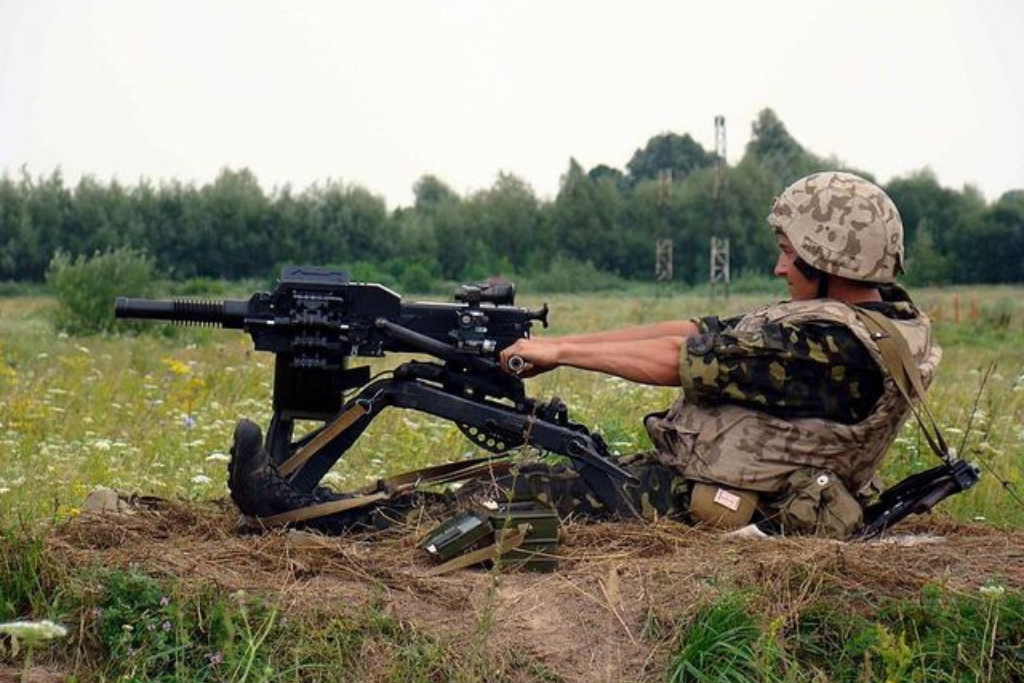
In an intense and unwavering explanation, Zelensky legitimized Ukraine’s cross-border operations by framing them as a necessary response to relentless Russian aggression. He asserted that these actions are not acts of provocation but acts of defense—strategic, calculated, and vital for Ukraine’s survival. With visible resolve, Zelensky declared that Ukraine will no longer allow enemy forces to find sanctuary just beyond its borders, emphasizing that the war has entered a new phase—one where the price of invasion will be felt deep within Russia itself. “If Russia thinks it can strike us with impunity, it is mistaken,” he said, underscoring that Ukraine’s reach now extends to those who once believed they were untouchable.
“We proceed to carry out energetic operations in the border zones on adversary territory… and that is completely reasonable — war must return to where it came from.”
What This Signals:
- Ukraine has moved from defense to proactive counter-attacks.
- These activities point to destabilize Russian troop concentrations and redirect Moscow’s focus.
- There is a ethical suggestion to Zelensky’s message—he sees equity in pushing war back over the border.
Affirmed: Ukrainian Strengths Working in Belgorod
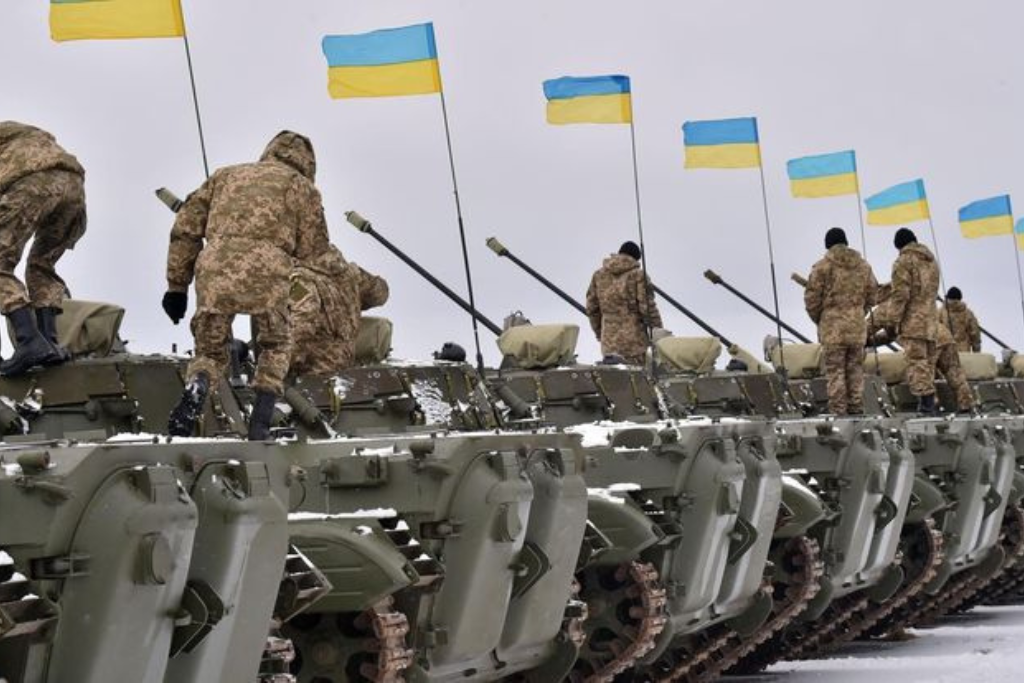
“Well done, folks! I’m proud of each and every one of you fighting for Ukraine!” Zelensky declared with fervor. “Your courage, your sacrifice, and your determination are writing a new chapter in our nation’s history. You are the shield and the sword of our freedom.”
Key Takeaways:
- Top commander Gen. Oleksandr Syrskyi is directing these operations.
- Ukraine’s nearness in both Belgorod and Kursk has been authoritatively affirmed.
Why Belgorod and Kursk? Strategic Distraction at Play

- Divert Russian Forces: By launching targeted operations in Belgorod and Kursk, Ukraine compels Russia to reallocate troops, air defenses, and logistical support away from critical frontlines—most notably in Donetsk, where Russian forces have been gaining ground. This strategic pressure dilutes Moscow’s offensive momentum, disrupts supply chains, and forces the Kremlin to defend its own soil, undermining the perception of Russian territorial invulnerability. It’s not just a distraction—it’s a calculated move to fracture Russia’s operational focus and force a reactive posture.
- Shield Ukrainian Cities: Cross-border strikes serve as a preemptive buffer against looming Russian offensives targeting key northeastern cities such as Sumy and Kharkiv. By engaging Russian forces closer to their own territory, Ukraine disrupts enemy staging areas, supply lines, and artillery positions before they can be fully mobilized. This approach buys critical time, eases pressure on frontline defenders, and helps safeguard millions of civilians living under constant threat of air raids and missile attacks. It transforms defense into proactive deterrence—pushing the threat zone further from Ukraine’s urban centers.
- Strengthen Negotiation Position: Seizing and holding ground within Russian territory—even if only temporarily—provides Kyiv with tangible leverage in any future diplomatic negotiations. It sends a powerful message: Ukraine is not only surviving, it is capable of striking deep into enemy territory and altering the battlefield calculus. These incursions disrupt Russia’s aura of untouchability and demonstrate that the cost of continued aggression will be paid at home. As talks of potential ceasefires or peace deals arise, such bold actions give Ukraine critical bargaining chips—territorial, psychological, and strategic—placing Kyiv in a stronger position to dictate terms rather than accept them.
What’s Happening on the Ground?
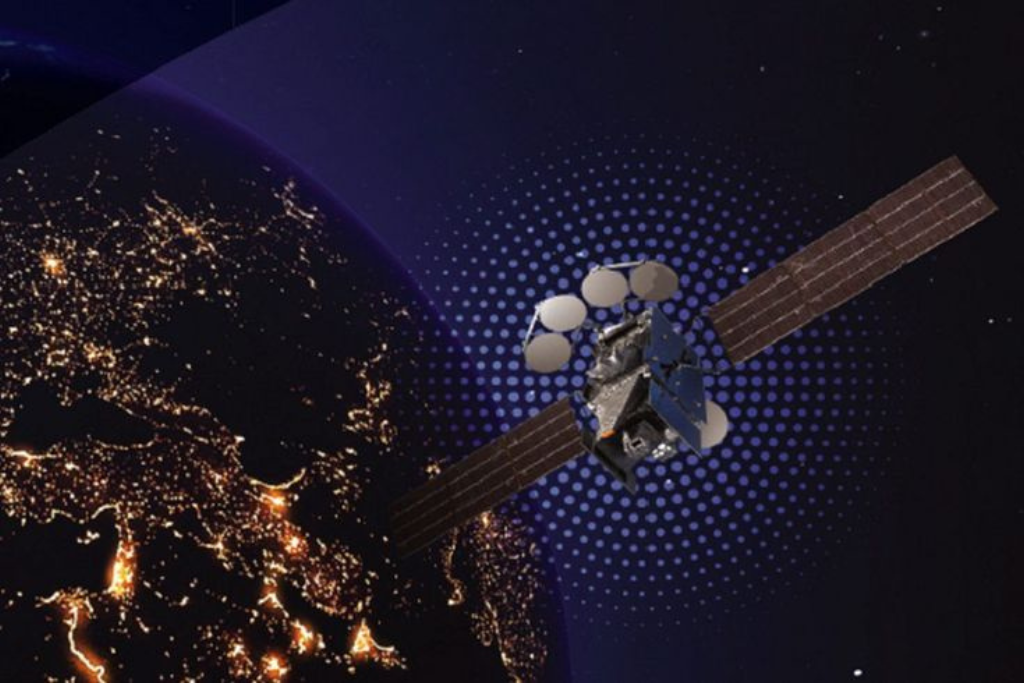
Despite Russia’s official denial, independent reports paint a far more complex picture:
Fighting has been reported inside Demidovka, a seemingly modest yet strategically vital village nestled just 2 kilometers from the Ukrainian border. Despite Moscow’s persistent claims that its territorial integrity remains intact and secure, multiple independent accounts on the ground tell a different story—one of firefights, advancing Ukrainian units, and disrupted Russian defensive lines. The sheer closeness of this engagement to Ukrainian territory is no coincidence; it highlights a deliberate escalation in Kyiv’s military doctrine, signaling that Ukraine is not only defending its borders but actively shaping the conflict beyond them. Demidovka now stands as a symbol of Ukraine’s shifting approach—calculated, bold, and increasingly unrestrained by traditional frontline boundaries.
The Institute for the Study of War (ISW)—a leading military think tank—recently stated:
“Ukrainian forces have made measurable advances in the Belgorod region, consolidating their positions on the outskirts of Demidovka and Prilesye.”
This analysis indicates not only an incursion but a sustained Ukrainian presence, challenging the notion that such operations are fleeting or symbolic.
Russian military bloggers—often regarded as more transparent and unfiltered than Kremlin-controlled media—have also acknowledged the presence of Ukrainian units on Russian soil. Unlike official state outlets, which continue to downplay or deny incursions, these pro-war but independent commentators have developed reputations for delivering raw, real-time battlefield assessments. Though not always aligned with Ukraine’s objectives or narratives, their admissions carry weight among domestic and international observers alike. Their reports of Ukrainian advances in the Belgorod region serve as an unofficial validation of Kyiv’s deepening cross-border operations—suggesting that Ukraine has not only penetrated Russian defenses but is actively establishing a tactical presence. These acknowledgments chip away at Russia’s attempt to project control and invincibility, exposing fractures in both its military posture and information warfare.
High Risk, High Reward: Is It Worth the Cost?

Pros:
 Erodes Russian Morale and Exposes Vulnerabilities:
Erodes Russian Morale and Exposes Vulnerabilities:Ukraine’s precision strikes inside Russian territory send a psychological tremor through both military ranks and civilian populations. What was once considered safe ground is now contested space—forcing Russians to confront a new reality: the war is no longer confined to Ukraine. By penetrating deep into regions like Belgorod and Kursk, Ukraine dismantles the carefully curated illusion of domestic security that the Kremlin has tried to maintain. The result is a blow to national morale and a growing unease within Russian society. For soldiers, the sense of invincibility on home turf is shattered. For civilians, the creeping anxiety of vulnerability grows with each report of explosions and gunfire. More than just a military maneuver, these operations challenge the psychological architecture of Putin’s wartime narrative—unmasking weaknesses, sowing doubt, and cracking the facade of control.
 Forces Russia to Stretch Its Military Resources Thin:
Forces Russia to Stretch Its Military Resources Thin:
Cons:
 Risk of Escalated Russian Retaliation:
Risk of Escalated Russian Retaliation:Striking inside Russia is not without peril. Each cross-border operation risks triggering a fierce and potentially disproportionate response from the Kremlin. For President Putin—whose grip on domestic power is tightly bound to perceptions of strength and control—allowing such incursions to go unanswered is politically untenable. The result could be a surge in retaliatory attacks on Ukrainian infrastructure, cities, and civilian centers, as Russia seeks to reassert dominance and deter further Ukrainian offensives. Missile barrages, drone strikes, and targeted blackouts could increase in both frequency and intensity, further endangering Ukrainian lives and critical systems. Moreover, this escalatory spiral raises the specter of broader regional destabilization and makes Western allies increasingly nervous. As Ukraine pushes the boundaries of warfare, it also risks drawing an enraged Kremlin into more aggressive, less predictable actions—potentially expanding the scope and brutality of the conflict.

While tactically bold, cross-border operations come with a steep operational cost. These missions demand precision planning, extensive intelligence, and robust logistical support—yet they unfold deep within hostile territory, where supply lines are fragile, and extraction is far more difficult. Ukrainian troops pushing into Russian regions like Belgorod face not only entrenched resistance but also the risk of encirclement and isolation. As operations extend farther from Ukrainian-controlled zones, resupplying forces with ammunition, fuel, and medical aid becomes exponentially harder. In such scenarios, even minor setbacks can quickly cascade into heavy casualties and stalled momentum. With Ukraine already locked in a grueling war of attrition, overextension is a looming threat. If not carefully managed, these daring incursions could bleed valuable resources and personnel that are desperately needed on other fronts.

While militarily calculated, Ukraine’s incursions into Russian territory risk generating diplomatic turbulence. Some Western analysts and policymakers caution that these actions, however strategically sound, could strain Kyiv’s relationships with key international allies—particularly those advocating for de-escalation and dialogue. Demonstrating offensive capability within Russia’s borders may offer short-term tactical advantages, but it also opens the door for the Kremlin to amplify narratives of Ukrainian aggression, potentially swaying neutral or undecided global audiences. Furthermore, such moves could harden Moscow’s negotiating posture and complicate any future peace talks, especially if Ukrainian control of Russian territory becomes a sticking point. There’s also the danger of eroding Western unity; countries supportive of Ukraine’s defense may become more hesitant if they perceive Kyiv’s actions as escalatory rather than purely defensive. In the delicate chessboard of wartime diplomacy, each strike beyond the border must be weighed not just for battlefield gains, but for its reverberations on the world stage.
Meanwhile, Ukraine Mourns: 20 Dead in Kryvyi Rih Strike
